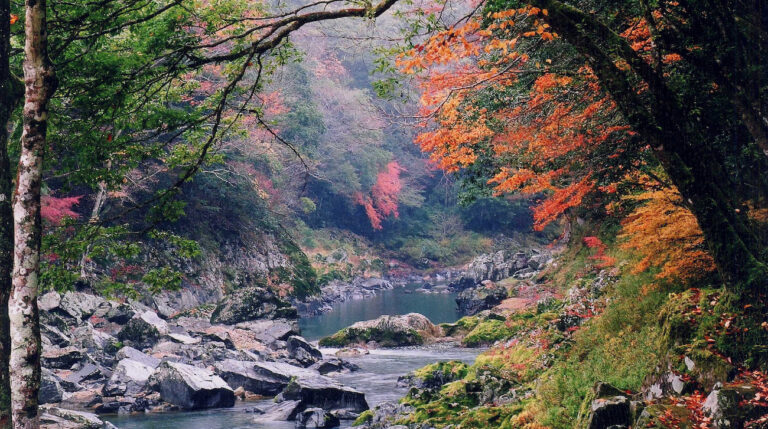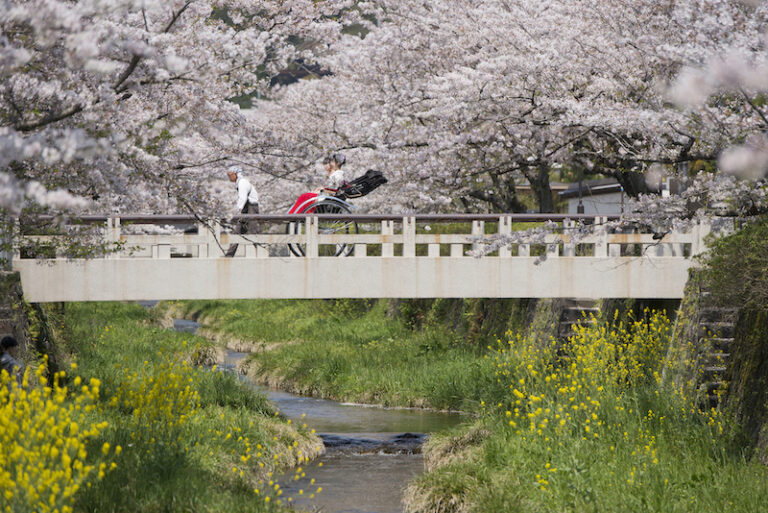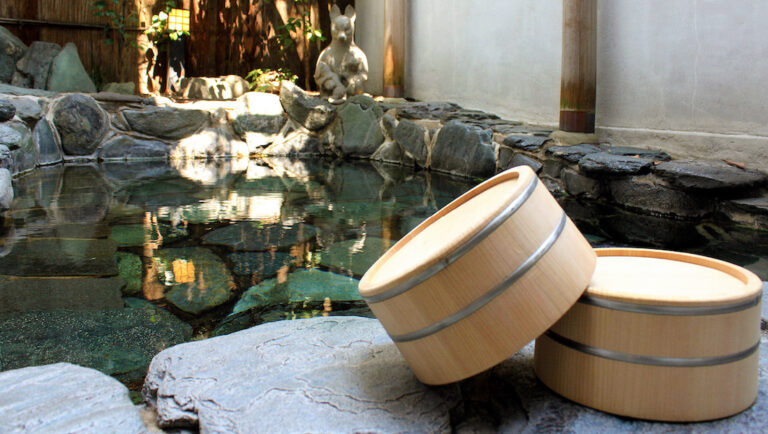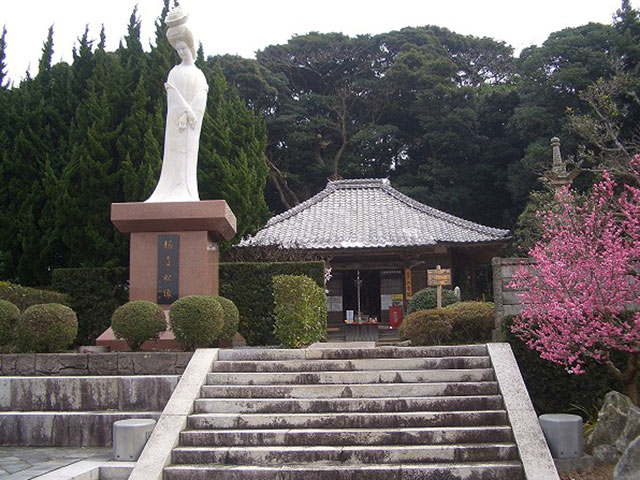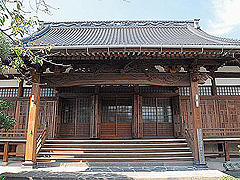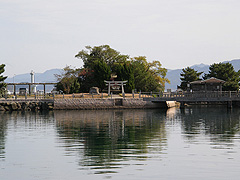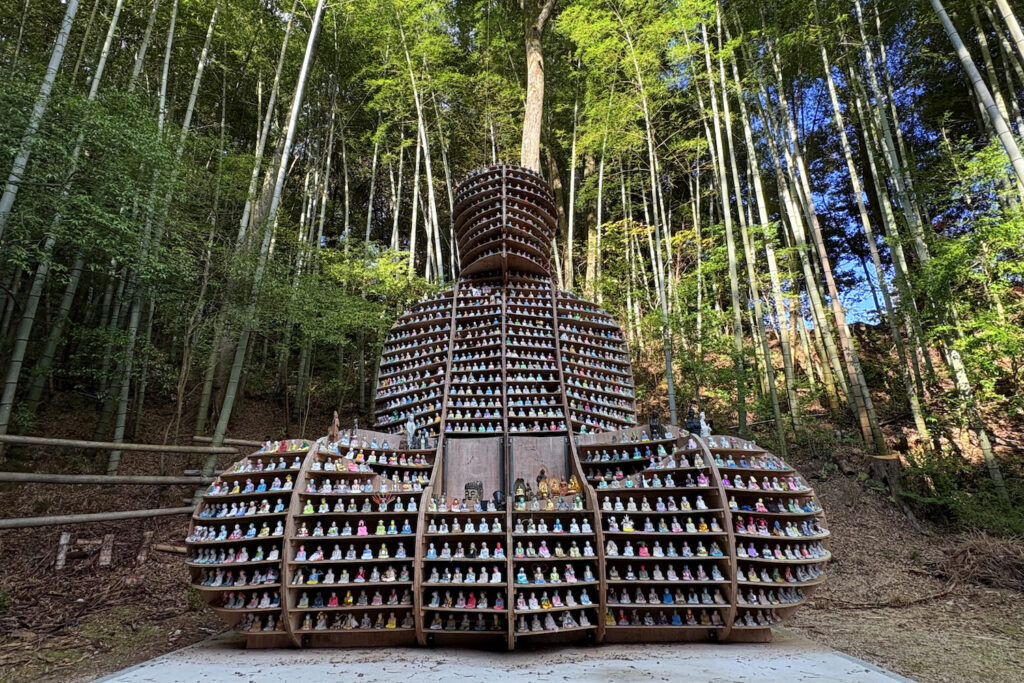
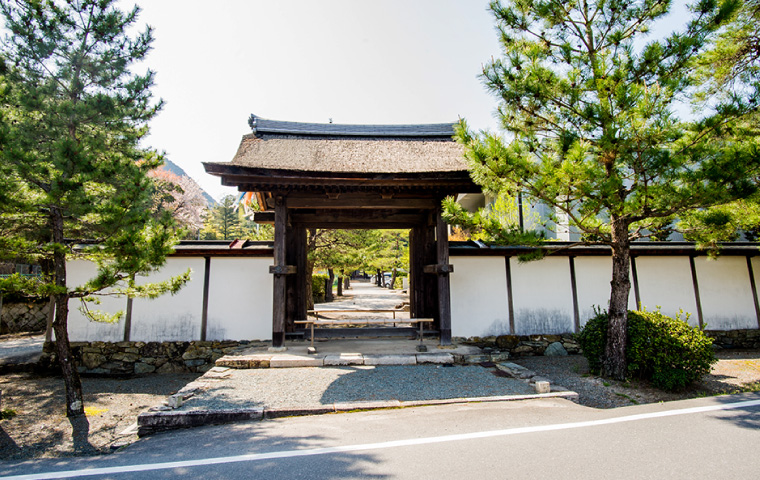
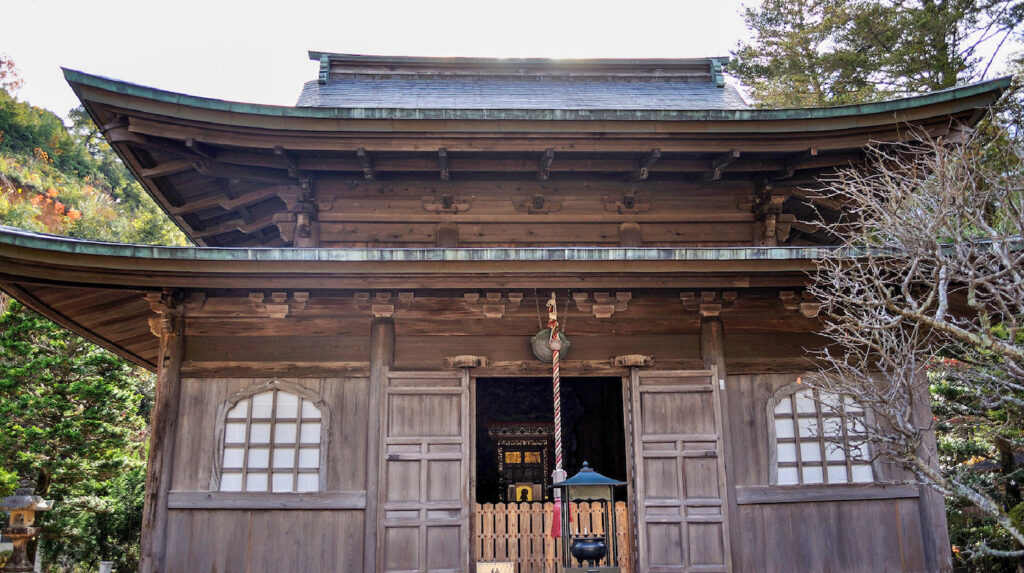
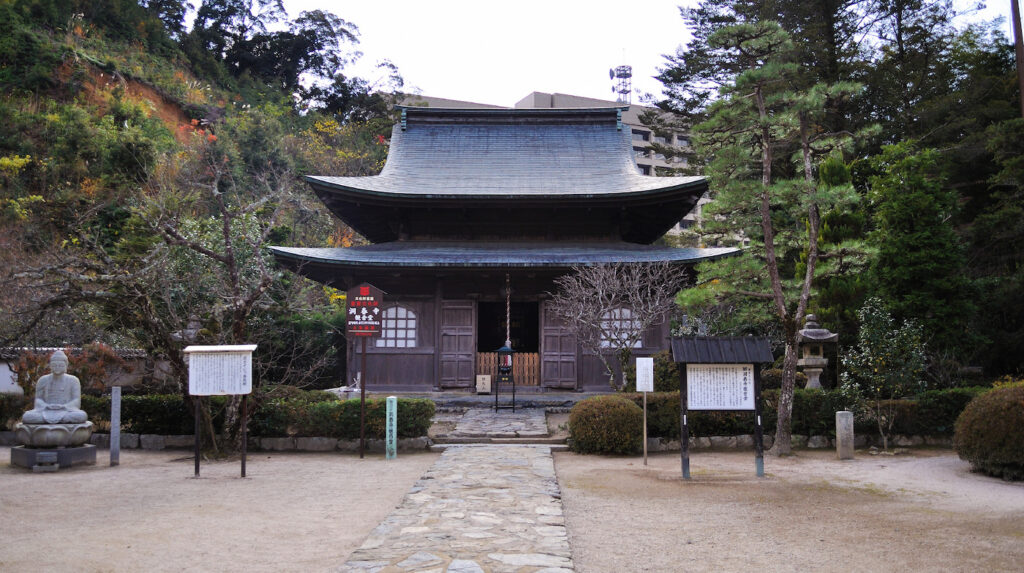
A treasure trove of cultural properties such as the Important Cultural Property-designated sanmon gate, and in the late Edo period, a place where domain samurai stirred up fiery spirit.
Tōshunji Temple is the family temple of Mōri Motonari, and its cemetery includes a spirit monument dedicated to Inoue Kaoru. In recent years, Maru II, the temple’s canine head priest, has become a beloved local figure. The temple grounds also feature the Nomura Art Museum, which exhibits items related to Meiji Restoration patriots.
The site originally housed Kokuseiji Temple, founded in 1404 (Ōei 11) by Ōuchi Moriharu, the 26th head of the Ōuchi clan, to honor his spirit. The sanmon gate, now designated an Important Cultural Property by the national government, still retains its original appearance. Originally, Tōshunji Temple, along with Jōei-ji Temple, stood in Yoshida Kōriyama Castle town (present-day Akitakata City, Hiroshima Prefecture), the Mōri clan’s home base. After the Battle of Sekigahara, the Mōri clan was relocated to the two provinces of Bōchō (modern-day Yamaguchi Prefecture). As a result, Jōei-ji Temple was moved to its current location and merged with Kokuseiji Temple, while Tōshunji Temple was relocated to Hagi. The temple remained known as Jōei-ji until the end of the Edo period. When the domain headquarters were transferred to Yamaguchi, the temple was requisitioned by the domain as a storage site for weapons and supplies. Following the First Chōshū Expedition, retainers who opposed the domain’s decision to submit to the shogunate gathered at the temple to demand a retraction. Their demands were rejected, and in their grief and fury, they drew their swords and struck the temple pillars—many of these scars remain visible today. During the Second Chōshū Expedition (Shimonoseki War), the Kōjō Army, one of the militia units of the Chōshū Domain led by Inoue Kaoru, was temporarily stationed at the temple.
In 1863 (Bunkyū 3), Jōei-ji Temple was relocated to its current location in Miyano. Later, after the Meiji Restoration, in 1871 (Meiji 4), Tōshunji Temple was moved from Hagi to its present location in Yamaguchi, where it remains to this day.
Copyright Yamaguchi Tourism Convention Association All Rights Reserved.

